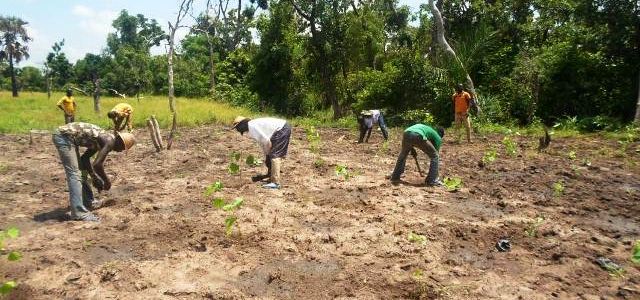The activity is meant to recover the vegetation in the farmlands installed in the head of the basin by the riparian populations. This is one of the main actions initiated and developed by the pilot project PAREM to significantly reduce the degradation of the ecosystem whose stability determines the sustainable preservation of the water resources of the Mekrou basin.
PAREM is part of the regional project "Water for growth and poverty reduction in the transboundary Mekrou basin (Benin, Burkina Faso, Niger" or Mekrou Project.
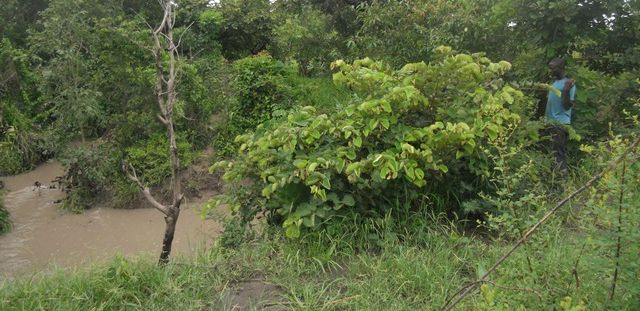 Twelve thousand five hundred (12,500) plants consisting of ten thousand five hundred (10,500) forest plants, namely Gmelina arborea, Khaya senegalensis, Ceiba patendra, Acacia auriculiformis and two thousand (2000) Anacardium occidentalis will be planted on an area of about 15.5ha. Anacardium occidentalis will be used to provide community plantations to populations bordering the site of the head source. The exploitation of these plantations by the riparian population constitutes a source of income to improve their living conditions.
Twelve thousand five hundred (12,500) plants consisting of ten thousand five hundred (10,500) forest plants, namely Gmelina arborea, Khaya senegalensis, Ceiba patendra, Acacia auriculiformis and two thousand (2000) Anacardium occidentalis will be planted on an area of about 15.5ha. Anacardium occidentalis will be used to provide community plantations to populations bordering the site of the head source. The exploitation of these plantations by the riparian population constitutes a source of income to improve their living conditions.
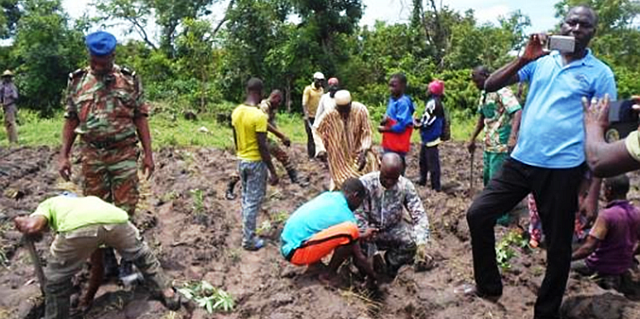 After the official launch, 250 plants were planted by the participants before leaving, to the local committee to continue the reforestation work.
After the official launch, 250 plants were planted by the participants before leaving, to the local committee to continue the reforestation work.
Aware of the state of degradation of the head source of the Mekrou and the sbsequent consequences, this was an opportunity for the Mayor of the commune of Kouandé in the presence of all the participants, to make a commitment to pay a particular attention to the maintenance of the seedlings planted with the support of the communal services of water-forestry -hunting.
About 7,000 plants were planted by the populations in the aftermath of this event.
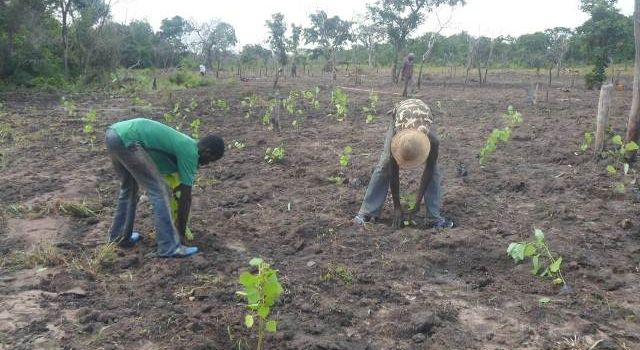
Photo: Planting of forest plants at the head source of the Mékrou river basin
A follow up mission was undertaken by the Mayor of the commune of Kouandé, to monitor reforestation operations with the police, the Gendarmerie of the Birni district, the municipal water, forests and Hunting and local elected officials.
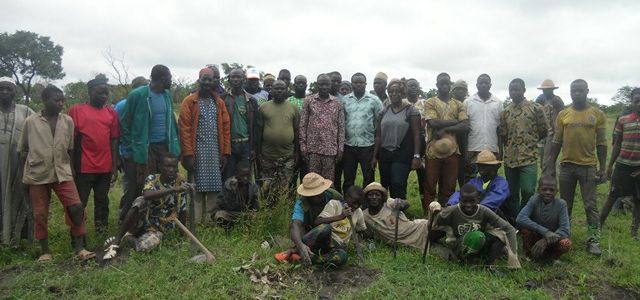 A great mobilization was registered with the participation of a large part of the population made up of farmers, stockbreeders, the pupils of the College of the Village, the Chiefs of villages and delegates as well as all public technical services, local water partnerships and CWP Benin.
A great mobilization was registered with the participation of a large part of the population made up of farmers, stockbreeders, the pupils of the College of the Village, the Chiefs of villages and delegates as well as all public technical services, local water partnerships and CWP Benin.
